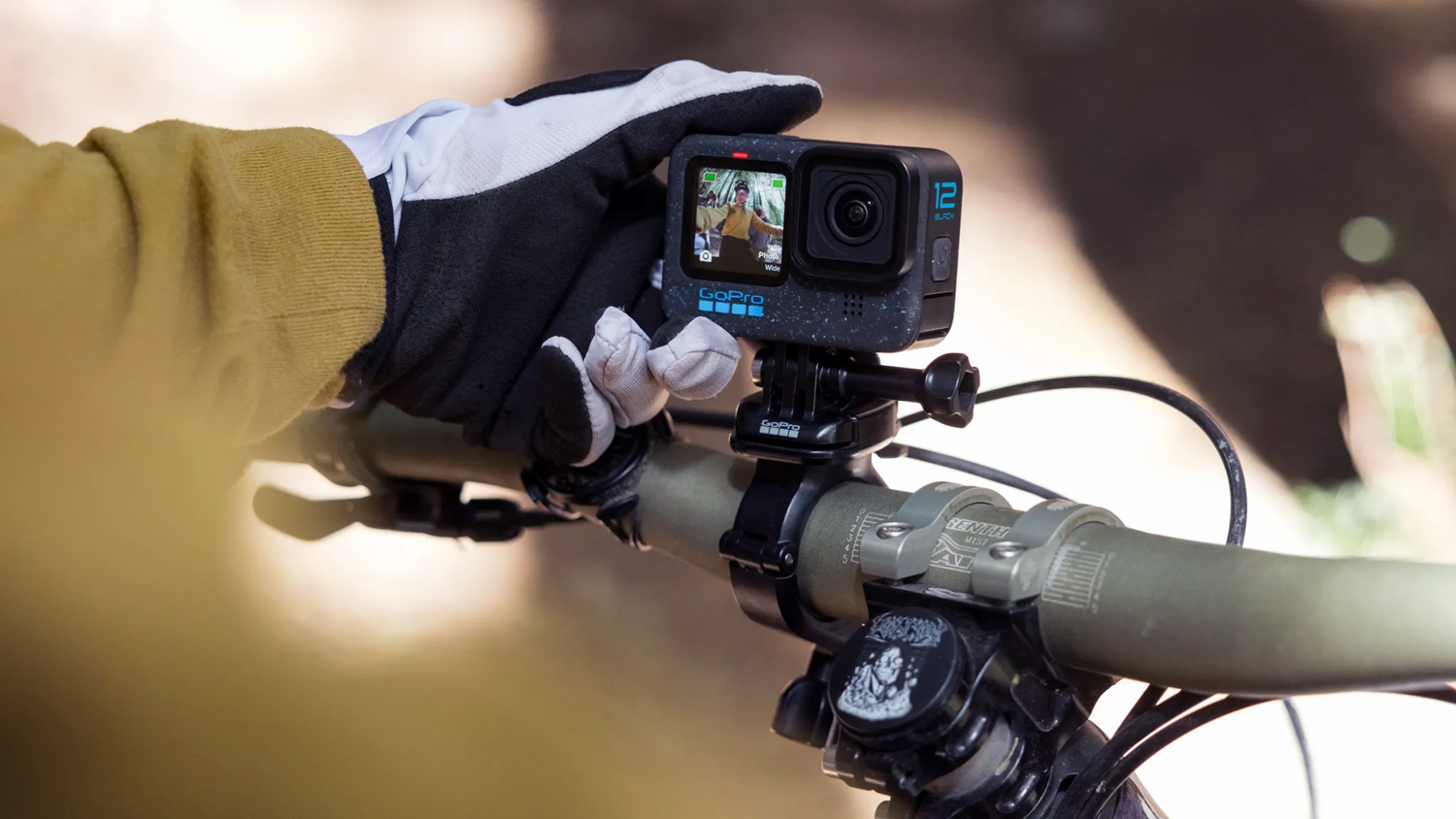Simple Tips for Transferring Action Camera Files to Your Computer
As professional photographers, we often rely on action cameras to capture moments of adventure, speed, and excitement. However, after a successful shoot, the next crucial step is transferring the captured files to our computer. Understanding the best methods and strategies is essential for maintaining image quality, ensuring efficient workflows, and ultimately delivering top-notch results to clients.
In this detailed guide, we'll explore various methods to transfer files from your action camera to your computer. Whether you're new to this or looking to refine your existing process, this comprehensive guide will equip you with the necessary know-how.

Using a USB Cable
Connect Your Action Camera to Your Computer
The simplest and most direct method of transferring files is by using a USB cable. Most action cameras come with a USB cable specifically designed for this purpose.
Here's how you can do this:
- Turn off your action camera.
- Connect one end of the USB cable to your action camera and the other end to your computer.
- Turn the action camera back on.
- Your computer should automatically recognize the connected device.
- Navigate to the file directory of your action camera through your computer explorer or finder.
- Copy and paste or drag and drop the files from the camera directory to your desired location on your computer.
Using a USB connection ensures that your files are transferred quickly and securely. It's ideal for large file transfers as the USB connection typically offers high-speed data transfer rates.

Removing the SD Card
Direct SD Card Transfer
Another efficient method is to remove the SD card from your action camera and use an SD card reader to transfer files directly to your computer.
Follow these steps:
- Turn off your action camera and carefully remove the SD card.
- Insert the SD card into an SD card reader.
- Connect the SD card reader to your computer.
- Once the SD card is recognized by your computer, navigate to the SD card directory.
- Copy and paste or drag and drop the files to your desired location on your computer.
Transferring files using an SD card reader can sometimes be faster than using a USB cable, especially if your card reader supports high-speed data transfers.

Wireless Transfer Methods
Using Wi-Fi Connectivity
Some modern action cameras come with built-in Wi-Fi capabilities, allowing you to transfer files wirelessly. This method is extremely convenient, especially when you don't have immediate access to cables or card readers.
Here's how you can do this:
- Ensure that your action cameras Wi-Fi is turned on.
- Connect your computer to the cameras Wi-Fi network.
- Use the cameras companion app or web interface to access the files on your camera.
- Select the files you wish to transfer and choose the option to download or transfer them to your computer.
While Wi-Fi transfer can be slower than USB or SD card transfer, it offers the convenience of being wireless and can be extremely useful in fieldwork scenarios.

Transfer Software
Using Dedicated Software
Many action camera manufacturers provide dedicated software designed for file management and transfer. These programs often come with additional features such as file organization, editing, and direct uploading to cloud services.
To transfer files using dedicated software:
- Download and install the software provided by your action camera manufacturer.
- Open the software and connect your action camera to your computer using a USB cable.
- Follow the on-screen prompts to transfer the files from your camera to your computer.
Using dedicated software can streamline your workflow by offering organized and automated transfer options, which can be beneficial for professional photographers who handle large volumes of files.
Troubleshooting Common Transfer Issues
What to Do When Transfers Fail
Despite following the steps above, you may sometimes encounter issues when transferring files. Here's how to handle common problems:
Connection Issues: Ensure that your USB cable or SD card reader is functioning properly. Try using a different cable or reader if possible.
File Corruption: Always safely eject your action camera or SD card from your computer to prevent file corruption. If files appear corrupted, use file recovery software to attempt recovery.
Slow Transfer Speeds: Ensure that you're using high-speed cables and card readers. If transferring via Wi-Fi, ensure a strong and stable connection.
Conclusion
Transferring files from your action camera to your computer is a crucial step in the photography workflow. By understanding and utilizing the methods described above, you can ensure that your files are transferred quickly, efficiently, and securely, allowing you to focus on editing and delivering high-quality work to your clients.
For additional tips on managing your action camera, consider reading How to Attach an Action Camera or Connecting Your Action Camera. Also, don't forget to check out these essential Cleaning Tips for Action Cameras.
FAQ
- Can I transfer files wirelessly from any action camera? Not all action cameras come with built-in Wi-Fi capabilities. Check your camera's manual or specifications to see if it supports wireless transfer.
- What should I do if my computer doesn't recognize my action camera? Ensure that the camera is turned on and properly connected. Try using a different USB cable or port, and make sure your computer has the necessary drivers installed.
- Is there a preferred method for transferring large volumes of files? Using a USB cable or SD card reader is preferred for transferring large volumes of files due to higher speed and reliability compared to wireless transfer.
As an Amazon Associate, I earn from qualifying purchases.

